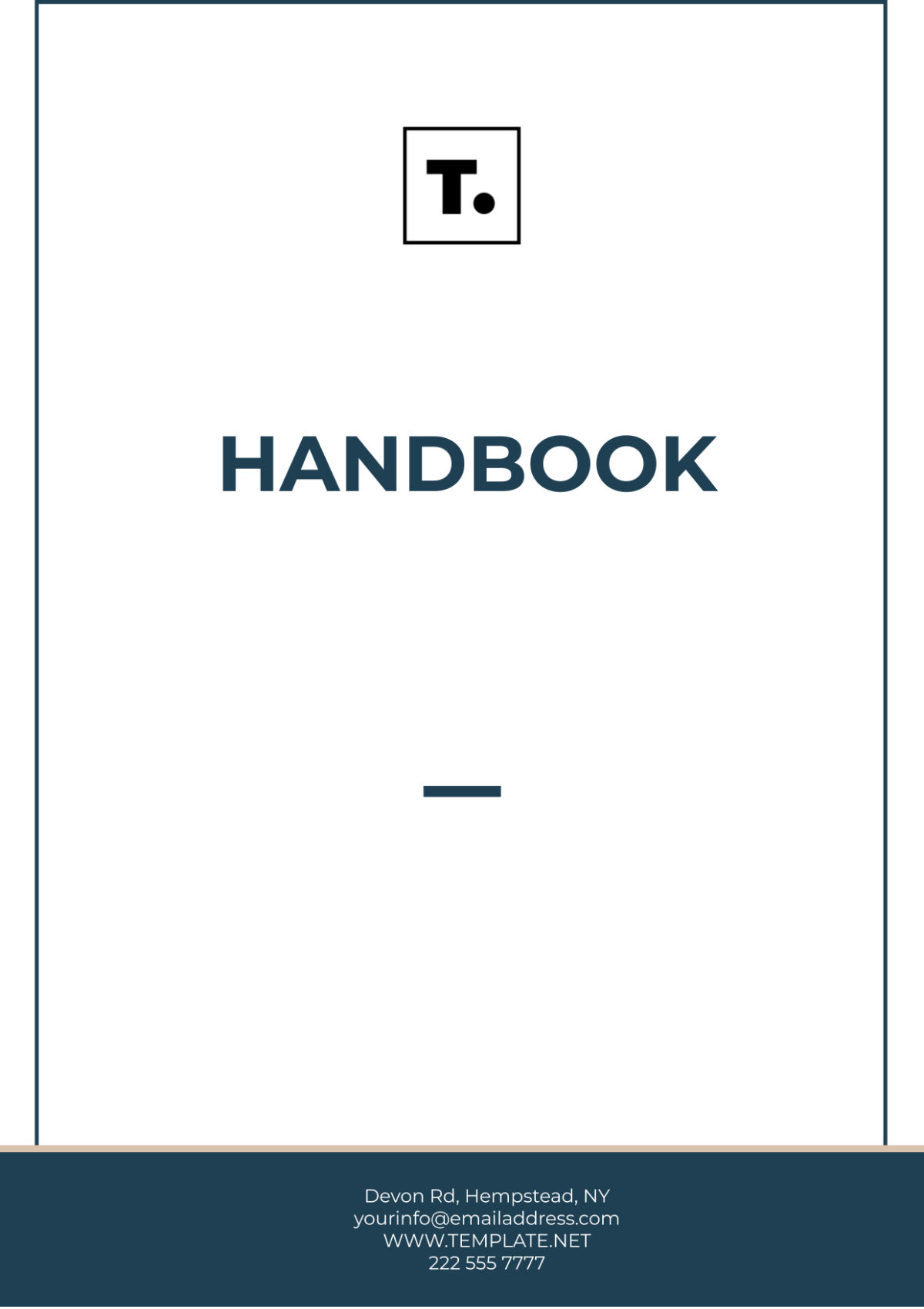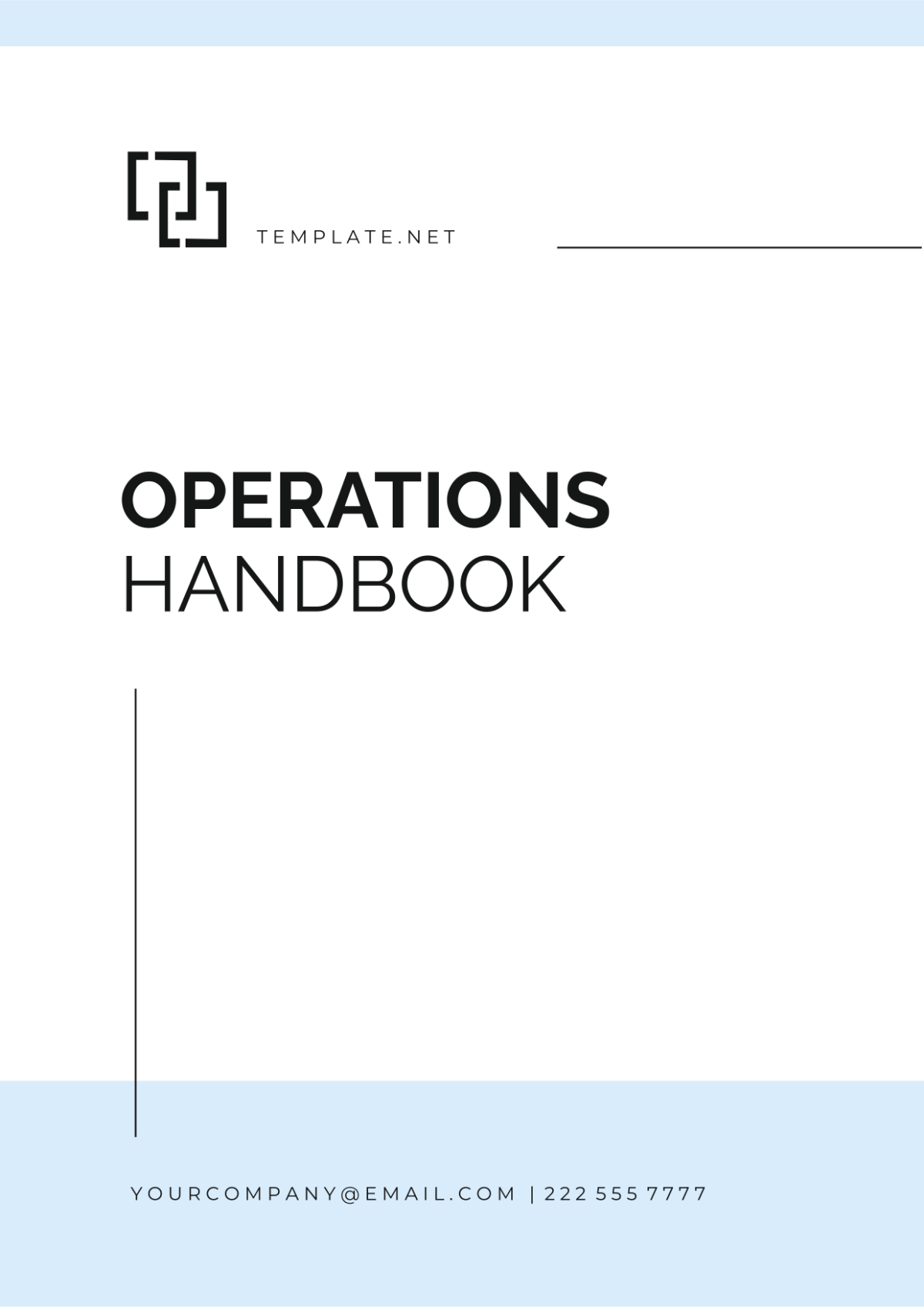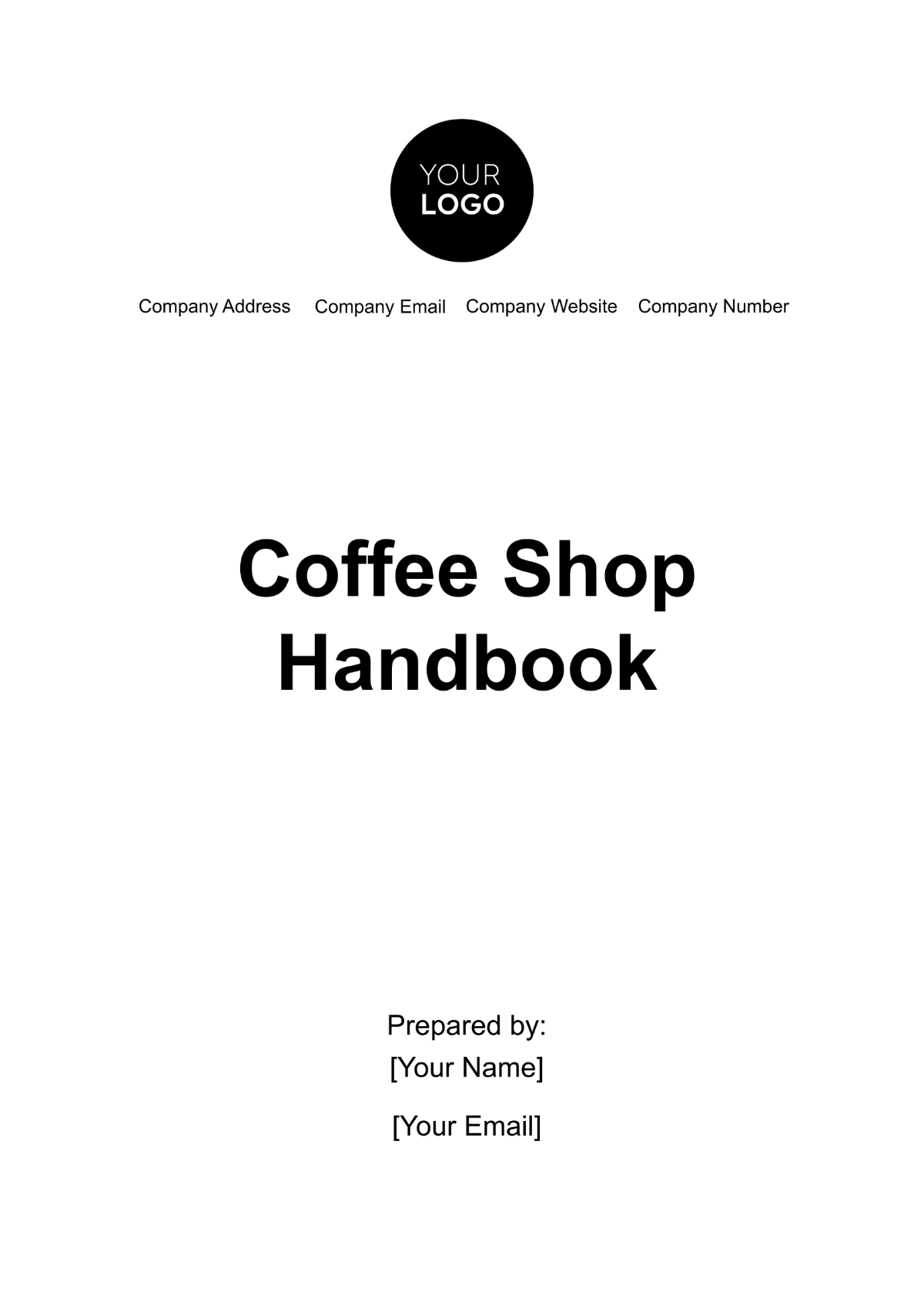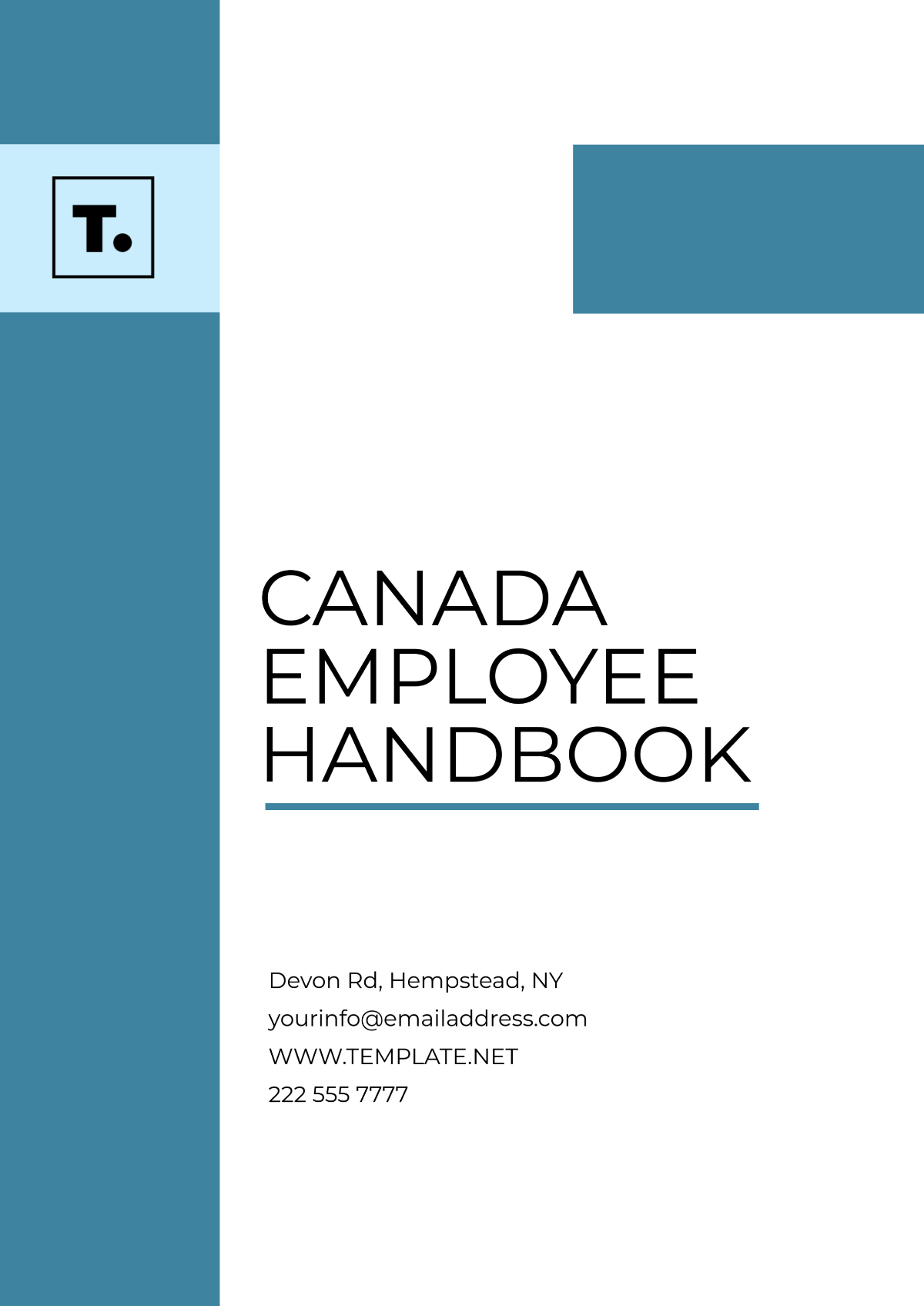I. Introduction
A. Overview
Welcome to the Administrative Regulatory Compliance Handbook of [Your Company Name]. This important resource has been developed as a tool to provide assistance to you in comprehending the principles and procedures that are crucial for upholding regulatory compliance within our esteemed organization. Our approach places paramount importance on transparency, the adherence to professional ethics, and maintaining the utmost integrity in every action we take and decision we make.
We acknowledge that the complexity of regulatory compliance can pose considerable challenges. Therefore, we have undertaken the responsibility of crafting this handbook to elucidate what is expected from each valued member of our team. Furthermore, it also illustrates how we can collaborate as a collective unit to not only meet but surpass compliance standards. Our hope is that this handbook will serve as your guide, providing clarity and understanding for navigating this often complicated landscape.
B. Purpose
The purpose of this handbook are the following:
Guidance and Advice: This handbook has been developed to provide guidance and advice on performing tasks and activities in accordance with regulatory requirements. It breaks down complex compliance issues into easy, understandable steps, making it easier for everyone in the organization to understand and follow the regulations.
Understanding Roles and Responsibilities: The handbook helps to clarify the roles and responsibilities involved in administration regulatory compliance. It outlines the procedures and processes to be followed in case of non-compliance, ensuring that everyone knows what is expected of them.
Promoting Compliance Culture: The handbook aims to promote a culture of compliance within the organization. It emphasizes that regulatory compliance is not just the responsibility of a single department or individual, but a collective responsibility that involves everyone in the organization.
C. Scope
The guidelines and actions outlined in this handbook apply to all members of [Your Company Name]. This includes:
Management: The management team is responsible for setting the tone for regulatory compliance within the organization. They are expected to lead by example and demonstrate a commitment to compliance in their actions and decisions.
Staff: All staff members, regardless of their role or level within the organization, are expected to comply with the regulations. This includes understanding the regulations that apply to their work and following them consistently.
Volunteers and Interns: Volunteers and interns, while not employees, are also expected to comply with the organization’s regulations during their tenure. They should be provided with appropriate training and resources to understand and follow the regulations.
Contractors: Contractors, consultants, and other third-party service providers engaged by the company are also expected to comply with relevant regulations while performing work for the company. They should be made aware of the company’s regulatory requirements as part of the contract agreement.
Regardless of role or levels of responsibility, regulatory compliance is everybody’s business. It is integral to our company’s operations and contributes significantly to our reputation and functionality.
II. Responsibilities
Everyone in our organization has a role to play in regulatory compliance. While specific responsibilities may vary depending on the role, there are some general responsibilities that apply to everyone:
A. Adherence to Rules and Regulations
Understanding the Regulations: Every single team member is expected to understand the regulations that apply to their work. This includes familiarizing themselves with the regulations, seeking clarification when needed, and staying updated on any changes to the regulations.
Following the Regulations: All team members are expected to follow the regulations consistently in their work. This includes incorporating the regulations into their daily tasks and activities, and ensuring that their work complies with the regulations.
Promoting Compliance: All team members are expected to promote compliance within the organization. This includes demonstrating a commitment to compliance in their own work, encouraging others to comply with the regulations, and reporting any instances of non-compliance.
B. Reporting Non-Compliance
Recognizing Non-Compliance: All team members should be able to recognize potential compliance issues when they arise. This includes understanding what constitutes non-compliance, being aware of the signs of non-compliance, and staying vigilant for any potential compliance issues.
Reporting Non-Compliance: If a team member identifies a potential compliance issue, they are expected to report it promptly. This includes providing a detailed report of the issue, cooperating with any investigations, and maintaining confidentiality.
Supporting Corrective Actions: If a compliance issue is identified, all team members are expected to support the corrective actions. This includes cooperating with the implementation of corrective actions, making necessary changes to their work, and learning from the issue to prevent future non-compliance.
C. Continuous Learning and Improvement
Participating in Training: All team members are expected to participate in training programs related to regulatory compliance. This includes attending training sessions, actively participating in the training, and applying the knowledge gained from the training to their work.
Staying Updated: All team members are expected to stay updated on changes to the regulations. This includes regularly reviewing the regulations, subscribing to relevant updates, and incorporating any changes into their work.
Improving Compliance: All team members are expected to continuously improve their compliance with the regulations. This includes seeking feedback on their compliance, identifying areas for improvement, and making continuous efforts to improve their compliance.
III. Procedures
A. Non-Compliance Procedure
In the event of non-compliance, immediate action should be taken to address the issue. This typically involves the following steps:
Identify the Cause: The first step is to identify the cause of non-compliance. This could be due to a lack of understanding of the regulations, a gap in training, or a flaw in the processes or systems. Understanding the root cause is crucial for devising effective corrective actions.
1.1. Lack of Understanding: If the non-compliance is due to a lack of understanding, it may be necessary to provide additional training or clarification.
1.2. Gap in Training: If the non-compliance is due to a gap in training, it may be necessary to review and update the training program.
Implement Corrective Actions: Once the cause has been identified, corrective actions should be implemented. This could involve retraining staff, revising processes, or updating systems to ensure compliance. It’s important to tailor the corrective actions to the specific cause of non-compliance to ensure their effectiveness.
2.1. Retraining Staff: If the corrective action involves retraining staff, a comprehensive training program should be developed and implemented.
2.2. Revising Processes: If the corrective action involves revising processes, the existing processes should be reviewed and necessary changes should be made.
Prevent Recurrence: After the corrective actions have been implemented, steps should be taken to prevent recurrence. This could involve regular monitoring, ongoing training, and continuous improvement of processes and systems. Preventing recurrence is crucial for maintaining long-term compliance.
3.1. Regular Monitoring: Regular monitoring can help detect any instances of non-compliance early and allow for prompt corrective action.
3.2. Ongoing Training: Ongoing training can ensure that all staff members are up-to-date with the latest regulations and compliance requirements.
B. Compliance Monitoring
Maintaining compliance doesn’t stop once a policy has been implemented. It requires ongoing monitoring to ensure regulatory requirements are continuously met. This includes:
Regular Audits: Conduct regular audits to check for compliance. This involves reviewing records, observing processes, and interviewing staff to ensure that they are following the regulations. Regular audits provide a systematic way of checking compliance and identifying any areas of non-compliance.
1.1. Reviewing Records: Regularly review records to ensure that they accurately reflect the company’s compliance activities.
1.2. Observing Processes: Regularly observe processes to ensure that they are being carried out in accordance with the regulations.
Risk Assessments: Conduct risk assessments to identify potential areas of non-compliance. This involves evaluating the likelihood and impact of non-compliance and taking steps to mitigate the risks. Risk assessments provide a proactive way of managing compliance and preventing non-compliance.
2.1. Evaluating Likelihood and Impact: Evaluate both the likelihood of non-compliance occurring and the potential impact if it does occur.
2.2. Mitigating Risks: Develop and implement strategies to mitigate the identified risks.
Tracking of Compliance Metrics: Track compliance metrics to measure the effectiveness of the compliance program. This could include the number of non-compliance incidents and the time taken to resolve these incidents with the compliance program. Tracking compliance metrics provides a quantitative way of assessing compliance and identifying areas for improvement.
3.1. Number of Non-Compliance Incidents: Track the number of non-compliance incidents to identify trends and patterns.
3.2. Time Taken to Resolve Incidents: Track the time taken to resolve non-compliance incidents to assess the efficiency of the compliance program.
C. Corrective Actions
Whenever a non-compliance issue has been identified, swift and decisive action is necessary. This may involve:
Retraining: If the non-compliance is due to a lack of understanding or knowledge, retraining may be necessary. This could involve one-on-one training or group training sessions.
1.1. One-on-One Training: One-on-one training can be effective for addressing specific knowledge gaps or misunderstandings.
1.2. Group Training Sessions: Group training sessions can be useful for addressing common areas of non-compliance among multiple staff members.
Policy Updates: If the non-compliance is due to outdated or unclear policies, updates may be necessary. This involves reviewing the policies, making necessary changes, and communicating the changes to all relevant staff.
2.1. Reviewing Policies: Regularly review policies to ensure that they are up-to-date and clearly communicated.
2.2. Communicating Changes: Communicate any changes to policies promptly and clearly to ensure that all staff are aware of the changes.
Changes in Procedure: If the non-compliance is due to flawed procedures, changes may be necessary. This involves reviewing the procedures, identifying the flaws, and making necessary changes.
3.1. Reviewing Procedures: Regularly review procedures to identify any flaws or areas for improvement.
3.2. Making Changes: Make necessary changes to procedures to address any identified flaws or areas for improvement.
IV. Record Keeping
Proper record keeping is a critical component of regulatory compliance. It serves as tangible evidence of the organization’s compliance activities and efforts. The following table presents the key types of records that should be maintained:
Type of Record | Documentation Method |
|---|---|
Risk Assessment Records | Documented through comprehensive risk logs |
Training Records | Documented through training logs and certificates |
Reporting Records | Documented through formal compliance reports |
Non-Compliance Incident Records | Documented through incident reports |
Corrective Action Records | Documented through action plans and progress reports |
Risk Assessment Records provide a comprehensive overview of the potential compliance risks identified, the measures taken to mitigate these risks, and the effectiveness of these measures. They are crucial for demonstrating the organization’s proactive approach to managing compliance risks. By maintaining detailed risk assessment records, the organization can show that it has identified potential compliance risks, assessed their impact, and taken appropriate steps to mitigate them. These records also enable the organization to track its progress in managing compliance risks and make necessary adjustments to its risk management strategies.
Training Records on the other hand, document the compliance training provided to staff. This includes details of the training content, the staff who attended the training, and their performance in any assessments or tests. These records demonstrate the organization’s commitment to ensuring that all staff are equipped with the knowledge and skills needed to comply with regulations. They also provide evidence that the organization has fulfilled its duty to provide adequate compliance training to its staff.
Additionally, Reporting Records include all reports related to compliance, such as reports of compliance audits, reports of non-compliance incidents, and reports of corrective actions taken. These records provide a detailed account of the organization’s compliance activities and its responsiveness to compliance issues. They enable the organization to track its compliance performance over time, identify trends, and make informed decisions about its compliance strategies.
Furthermore, Non-Compliance Incident Records provide a detailed account of any instances where the organization failed to comply with regulations. This includes details of the non-compliance, the cause of the non-compliance, the actions taken to address the non-compliance, and the measures taken to prevent recurrence. These records are crucial for demonstrating the organization’s transparency and its commitment to addressing non-compliance promptly and effectively.
In addition to that, Corrective Action Records document the actions taken to address non-compliance. This includes details of the corrective actions, the reasons for these actions, and their outcomes. These records demonstrate the organization’s commitment to rectifying non-compliance and improving its compliance practices.
These records should be accurately maintained, stored securely, and made available for audits or inspections. This ensures that the organization can provide evidence of its compliance activities when required and can use these records to continuously improve its compliance practices. Proper record keeping not only demonstrates the organization’s compliance but also contributes to its overall integrity and accountability.
V. Handbook Amendments
The handbook is a living document and will be updated periodically to reflect changes in regulations, best practices, and the organization’s operations. The following steps outline the process for updating the handbook:
A. Review
Regular Review: Regularly review the handbook to ensure it remains current and relevant. This involves checking for updates in regulations and best practices that may necessitate changes in the handbook, and assessing the relevance of the content in the handbook.
Stakeholder Feedback: Seek feedback from stakeholders, including staff, management, and external auditors, to identify areas of the handbook that may need improvement. This feedback can provide valuable insights into how well the handbook is working and where changes may be needed.
Benchmarking: Compare the handbook with those of other similar organizations or industry standards to identify areas for improvement.
Identify Changes: Identify any changes that need to be made to the handbook based on the review, feedback, and benchmarking.
B. Update
Update the Handbook: Update the handbook to reflect changes in regulations, best practices, or the organization’s operations. This involves incorporating changes in regulations and best practices into the handbook, ensuring that the information in the handbook is accurate and up-to-date.
Revise Procedures and Processes: If the organization’s operations have changed, revise the procedures and processes in the handbook to reflect these changes. This ensures that the handbook remains relevant and useful for staff.
Proofread: Proofread the updated handbook to ensure it is free from errors and is easy to read and understand.
C. Approval
Obtain Approval: Obtain approval for the updates from the relevant authorities within the organization. This involves submitting the updated handbook to the relevant authorities for approval, ensuring that all changes are clearly marked and explained.
Incorporate Feedback: If the authorities provide feedback on the updates, incorporate this feedback into the handbook. This ensures that the updates are appropriate and in line with the organization’s policies and objectives.
Finalize Updates: Once the updates have been approved and any feedback has been incorporated, finalize the updates. This involves making any final changes to the handbook and preparing it for distribution.
Document Changes: Document all changes made to the handbook, including what was changed, why it was changed, and who approved the change. This provides a record of the update process and can be useful for future reference.
Archive Old Version: Archive the old version of the handbook for record-keeping purposes. This ensures that there is a record of all previous versions of the handbook.
D. Communication
Communicate the Updates: Communicate the updates to all staff and provide necessary training. This involves announcing the updates to all staff through appropriate communication channels, providing a summary of the changes, and explaining why they were made.
Provide Training: If the updates involve significant changes to the regulations, procedures, or processes, provide necessary training to all staff. This ensures that staff understand the updates and can comply with them.
Answer Questions: Be available to answer any questions staff may have about the updates. This involves providing clear and accurate answers to questions and providing additional clarification if needed.
Monitor Understanding: Monitor staff’s understanding of the updates. This involves observing staff’s compliance with the updates, seeking feedback on their understanding, and providing additional training or clarification if needed.
By following these steps, the company can ensure that the handbook remains an effective tool for guiding the organization’s compliance efforts. This will help [Your Company Name] maintain a high level of compliance and contribute to the integrity and success of its operations.
VI. Conclusion
The compliance handbook issued by [Your Company Name] serves as a comprehensive guide detailing our collective responsibilities, the procedures we are expected to adhere to, and the best practices that are to be followed to ensure consistent regulatory compliance. It is essential to bear in mind, however, that regulatory compliance is not a mere one-time goal one should aim to achieve. On the contrary, it is an ongoing process which requires continuous efforts, vigilance, dedication, and commitment.
At [Your Company Name], we perceive regulatory compliance not simply as a requirement that needs to be fulfilled. Instead, we regard it as a stepping stone towards fostering an organizational culture steeped in honesty, transparency, and integrity. It is this very philosophy that has shaped our approach towards regulatory compliance and continues to guide us in all our endeavors. [Your Company Name] is profoundly grateful to you for paying heed to the profound importance of maintaining regulatory compliance. Your efforts to integrate compliance into your daily workflow depict your unwavering responsibility to uphold the integrity and reputation of our company.

















































